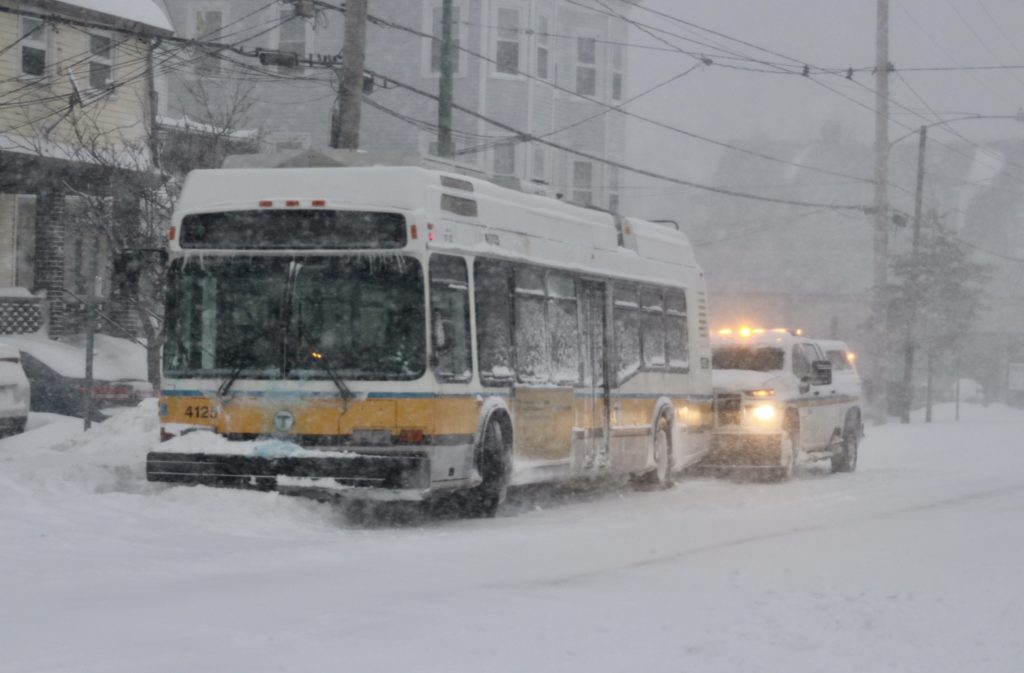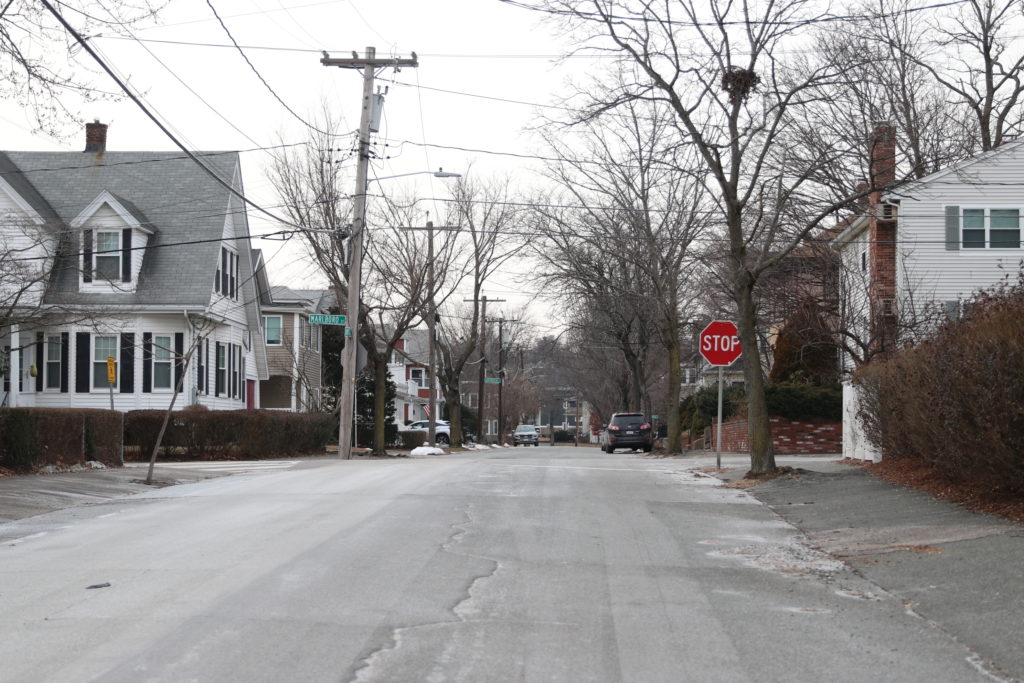Photo: Hazardous weather closed schools Friday
While it’s not a snow day, Belmont public school students will be sleeping in Friday as school has been cancelled due to bad winter weather.
“Due to the storm and the projected flash freezing of roads, Belmont Public Schools are closed on Friday, February 4, 2022,” reported John Phelan, superintendent of schools on Thursday.
The Belmont Public Library will also be closed on Friday.
The National Weather Service issued a Winter Weather Advisory in effect from 4 a.m. on Feb. 4, until 7 p.m. for eastern Massachusetts. The forecast calls for rain changing to freezing rain and sleet between 4 a.m. to 8 a.m. impacting the morning commute as roads become hazardous as surfaces will be impacted by flash freeze as temperatures drop into the 20s by late Friday morning.









